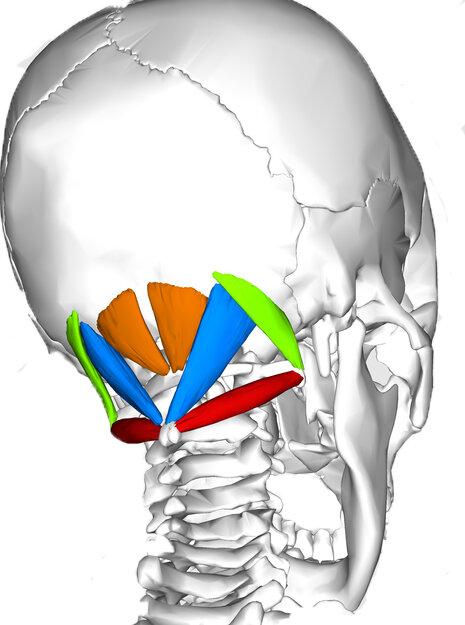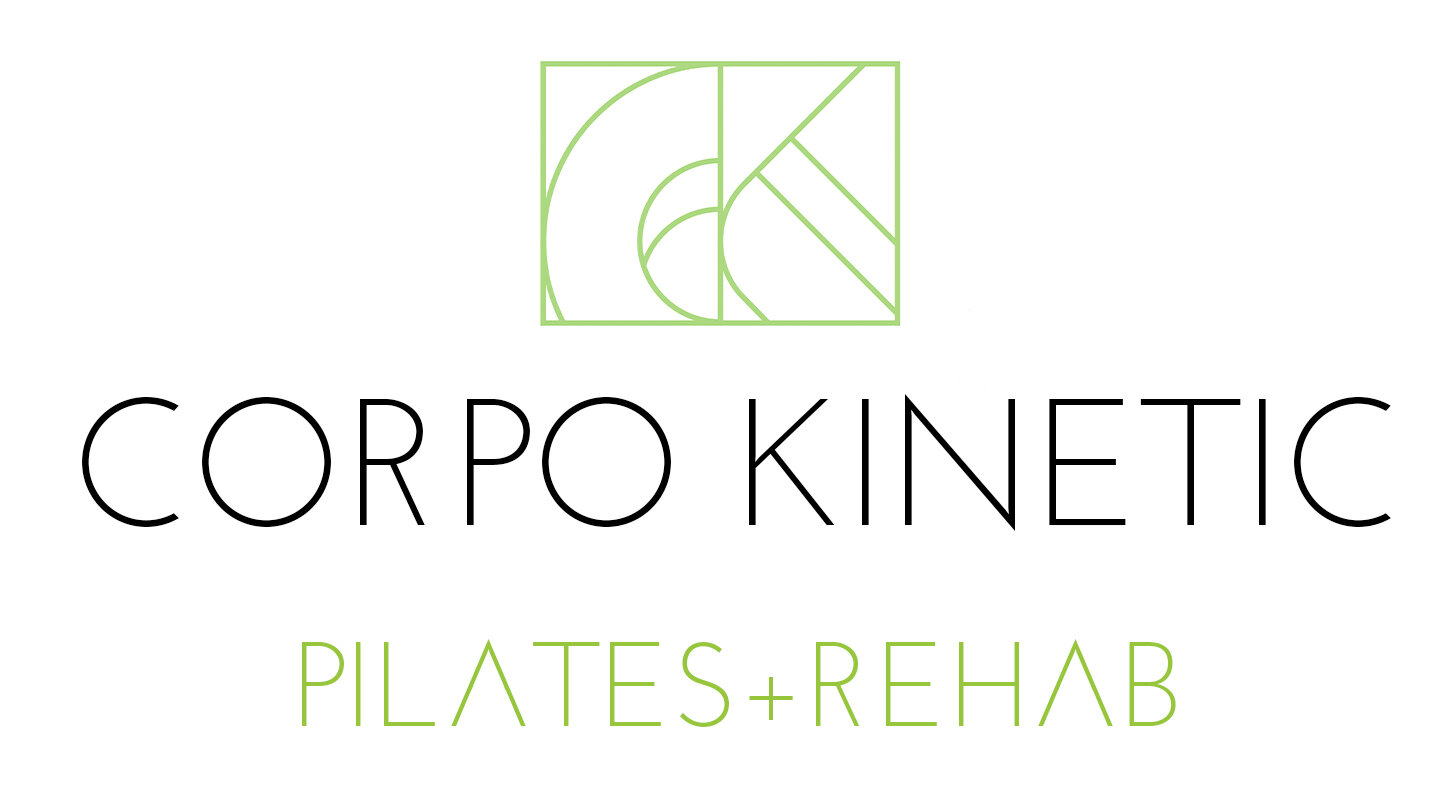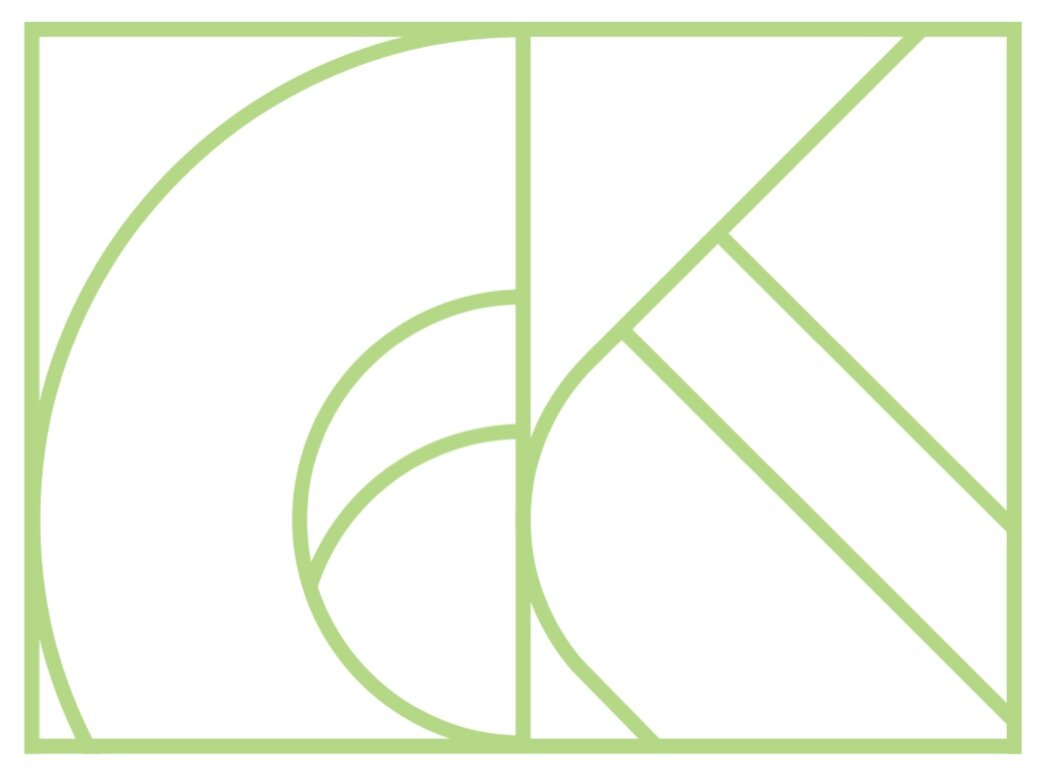
Blog

What’s A Neutral Pelvis? (And Why It Matters)
If you’ve ever taken a Pilates class before, you’ve probably heard the instructor refer to a “neutral pelvis.” In this blog, we’ll explore what we mean by a neutral pelvis, why we focus on it in Pilates, and how to understand what’s happening in your own pelvic alignment.

Anatomy Moment: The Suboccipital Muscles
The suboccipital muscles are a group of eight tiny muscles - four on the right, four on the left - that attach the skull to the first and second vertebrae in the neck. Anatomical terms can give us a host of information about muscle shape or location, and, in some cases, function. Let’s explore what the suboccipital muscle names tells us…

Your Neck Has a “Core” Too! What is the Longus Colli?
In this month’s blog we’ll dive deeper into the neck & cervical spine: what optimal alignment looks like, what happens when we come out of alignment, and how to realign and strengthen the neck.
Our neck is responsible for moving our head around for us to see and interact with the world. It also serves the vital function of protecting our throat, windpipe, and the blood vessels that supply the brain. If you think about all the super important jobs our neck does, no wonder it occasionally feels tired! It, like the rest of our body, needs a strong core of support.

How Your Pelvis Moves Your Neck
If you’ve been following our blog the last couple of months, you’ve seen how we work with computer posture in the neck and upper back, and how we work with tight hips and lower backs from sitting. And this month I’d like to let you in on a little secret: it’s all connected. The position of your pelvis will influence the position of your upper back and neck, and visa versa.

What Happens to our Hips When We Sit?
For most people, this long year of pandemic has translated into a lot more sitting time, and we’re feeling the consequence in our hips. At the studio, hip openers are one of the main requests we’re hearing in classes
Why? Sitting for long periods of time can cause tightness in the hip flexors and lower lower back, and corresponding weakness in the glutes and lower abdominals. This pattern is called Lower Crossed Syndrome (Remember Upper Crossed Syndrome from our last blog?), and there are many ways Pilates can help.

